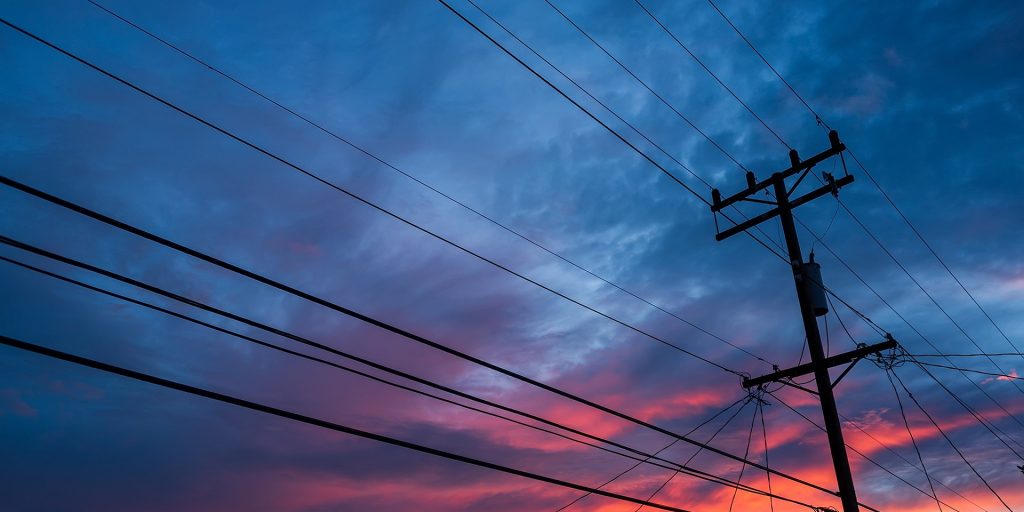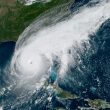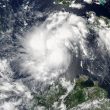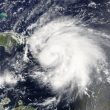Long-term energy assessment highlights risks, recommendations during grid modernization
Over the last decade, energy providers and municipal administrators have seen a drastic change in energy production and grid modernization —like the continued decline of fossil fuel-reliance and a massive uptick in the number of solar arrays. Amid this transition, the North American Electric Reliability Corporation’s (NERC) annual 2022 Long-Term Reliability Assessment published this month underscores the need for reliability as the nation’s energy grid continues to evolve into modern systems.
“The bulk power system is undergoing unprecedented change on a scale and at a speed that challenges the ability to foresee and design for its future state,” said John Moura, director of NERC’s Reliability Assessment and Performance Analysis. “Managing the transformation and proactively preparing for the role that the grid will play is the greatest challenge to reliability over the next 10 years.”
The latest report highlights five trends analysts expect to see play out over the next decade: the integration of inverter-based resources (IBRs), growth in distributed energy resources (DERs), increasing retirements as the baby boomer generation ages, flat transmission growth and increased demand growth.
“Without careful planning,” a statement from NERC about the findings says, increased growth “could negatively impact the ability of the bulk power system to service the energy needs in North America over the next 10 years.”
Broadly, grid modernization will be “shaped by government policies, regulations, consumer preferences and economic factors,” Moura said.
While most American regions are expected to be able to produce enough electricity to meet the demand under typical weather forecasts, some might struggle. Specifically, Indiana-headquartered Midcontinent Independent System Operator (MISO) is projected to see a shortfall of 1,300 megawatts beginning next summer and continuing through the next decade “as coal, nuclear and natural gas generation retire faster than replacement resources are connecting,” the report says. And elsewhere in California, “energy risks persist” despite updates to alleviate capacity shortages in the near term.
Beyond capacity concerns under everyday circumstances, extreme weather events “have and will continue to strain electricity resources over major parts of North America — even those where traditional resource adequacy criteria are met. Scenarios and probabilistic analyses performed indicate that the U.S. Western Interconnection, Texas, New England and the Southwest Power Pool area are at elevated risk of shortfall in extreme conditions,” the statement says.
The report cited this year’s heat waves in the West and 2021’s Winter Storm Uri, the major winter and ice storm that caused a major power crisis in Texas, as examples of recent extreme weather events that severely impacted the grid.
In the face of these challenges, NERC’s assessment recommends “promoting actions that are capable of controlling the pace of the resource transition and are effective for identifying reliability risks and delivering solutions,” the statement says. Further, grid planners and operators need to account for different characteristics and performance of resources that are being brought online as the system evolves, the statement says.
Other recommendations to keep up with grid modernization include reducing risk by constantly monitoring energy availability, regardless of the weather, and building in extreme weather criteria when resource planning and designing new infrastructure. Data sharing, modeling and updated protocols are also needed, along with reliability standard requirements.
“The forum convened by the North American Energy Standards Board is one such important action that should be broadly supported,” the statement continues. “Electricity is a key component of the fabric of modern society and NERC, as the Electric Reliability Organization, serves to strengthen that fabric.”
For more information and to read the full report, visit the North American Electric Reliability Corporation’s website.




















